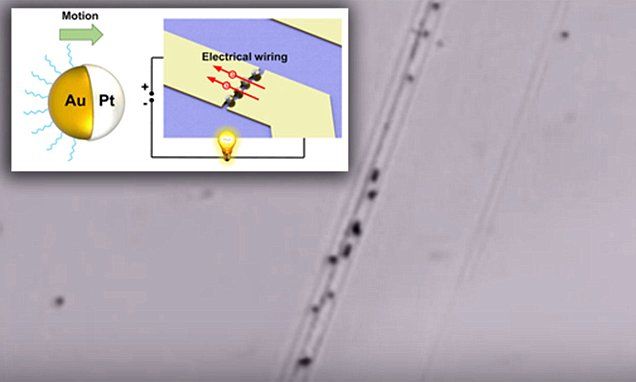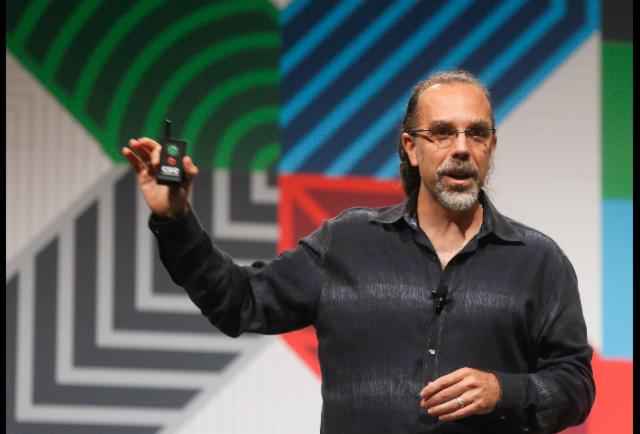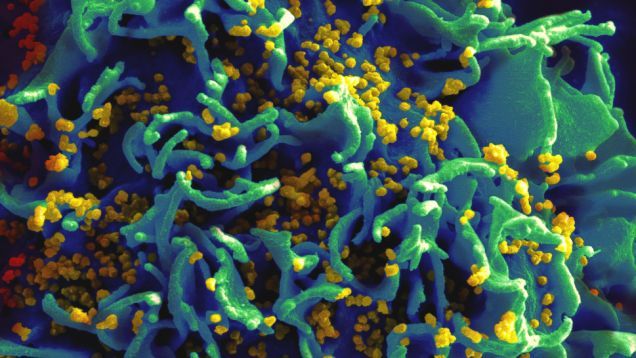Archive for the ‘bioengineering’ category: Page 207
Mar 30, 2016
This Week in Science: March 20-27th 2016
Posted by Shailesh Prasad in categories: 3D printing, bioengineering, biotech/medical, science, space
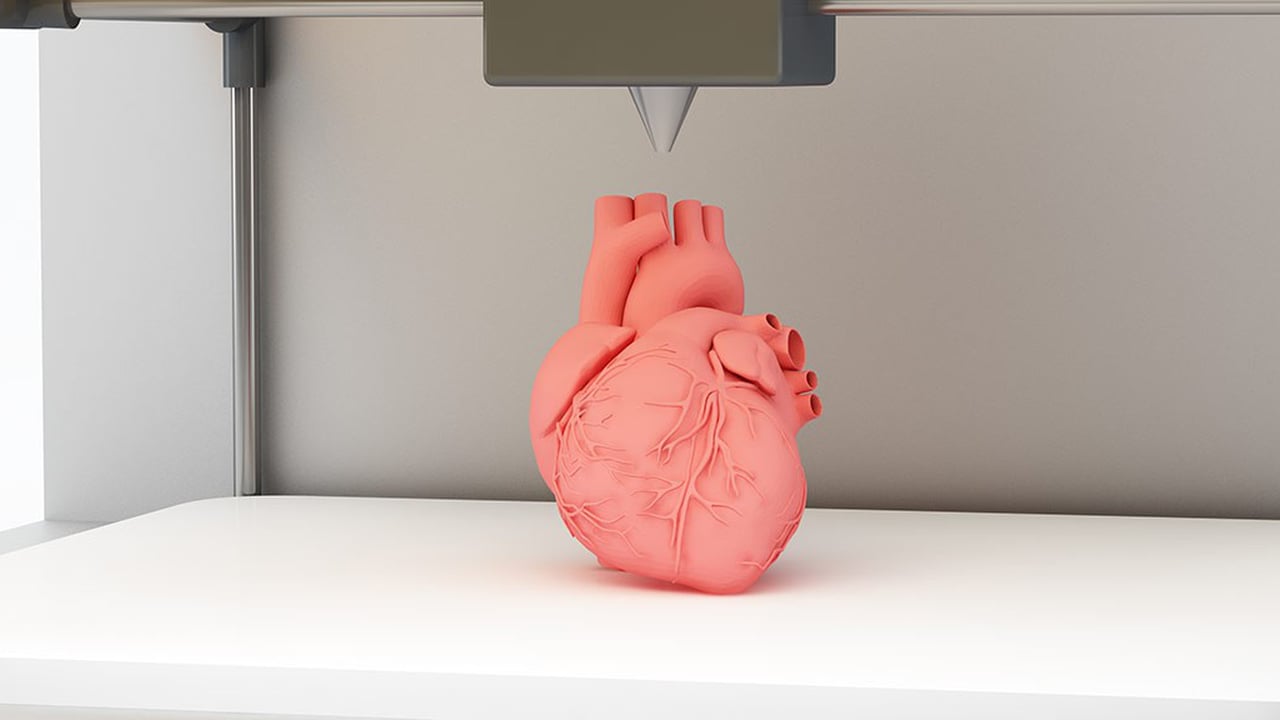
This Week in Science — March 20 −27, 2016.
3D printed heart replicas, A new type of colossal galaxy, shutting down HIV with gene editing, and more.
Mar 29, 2016
Could nanobots make your electronics last FOREVER?
Posted by Karen Hurst in categories: bioengineering, nanotechnology, robotics/AI, wearables
Nanoengineers at the University of California San Diego have developed tiny molecular robots (pictured) that could help to extend the life of delicate circuits and wearable technology.
Mar 29, 2016
WIRB-Copernicus Group Establishes WCG Gene Therapy Advisory Board
Posted by Karen Hurst in categories: bioengineering, biotech/medical, genetics, health
1st of many steps in the gene editing oversight.
PRINCETON, N.J., March 29, 2016 /PRNewswire/ — WIRB-Copernicus Group® (WCG™), one of the world’s leading providers of solutions that measurably improve the quality and efficiency of clinical research, today announced that it has assembled a team of world-renowned experts to advise the company regarding the latest advances in gene therapy research. The WCG Gene Therapy™ Advisory Board will convene today in Princeton, NJ.
“Human gene therapy is one of the fastest-growing areas of medical research, and also one of the most promising,” said WCG Chairman and Chief Executive Officer Donald A. Deieso, Ph.D. “The advances made by scientists and clinicians in the field of gene therapy have enabled us to target disease at the genetic level, redefining the concept of precision medicine.” He added, “More than that, gene transfer researchers have succeeded – over the course of a single lifetime – in transforming the world’s most persistent and lethal viruses into disease-fighting allies in the quest to improve human health.”
Continue reading “WIRB-Copernicus Group Establishes WCG Gene Therapy Advisory Board” »
Mar 29, 2016
Magic Microbes: The Navy’s Next Defense?
Posted by Klaus Baldauf in categories: bioengineering, biotech/medical, computing, materials, nanotechnology, neuroscience, robotics/AI
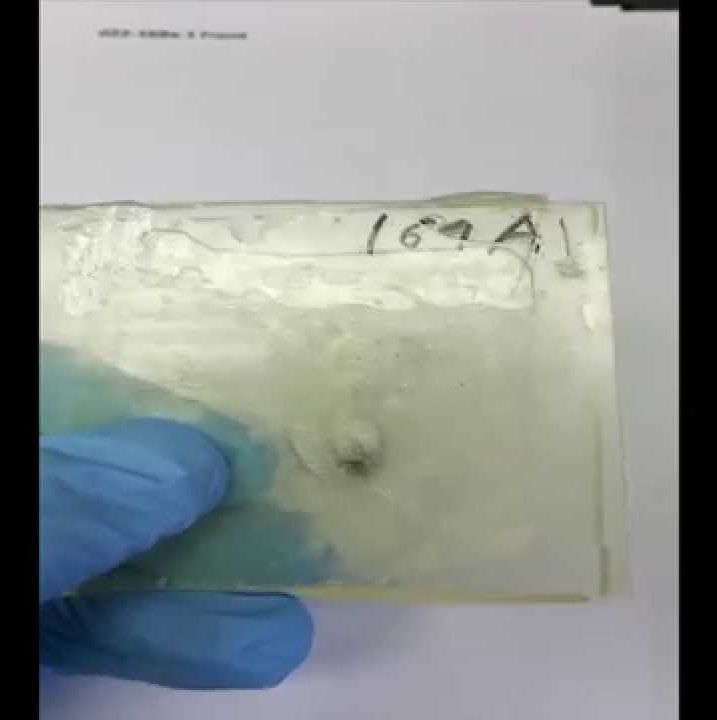
Synthetic biology involves creating or re-engineering microbes or other organisms to perform specific tasks, like fighting obesity, monitoring chemical threats or creating biofuels. Essentially, biologists program single-celled organisms like bacteria and yeast much the same way one would program and control a robot.
But 10 years ago, it was extremely challenging to take a DNA sequence designed on a computer and turn it into a polymer that could implement its task in a specific host, say a mouse or human cell. Now, thanks to a multitude of innovations across computing, engineering, biology and other fields, researchers can type out any DNA sequence they want, email it to a synthesis company, and receive their completed DNA construct in a week. You can build entire chromosomes and entire genomes of bacteria in this way.
Continue reading “Magic Microbes: The Navy’s Next Defense?” »
Mar 27, 2016
Alphabet’s ‘Moonshots’ Head Astro Teller: Fear Of AI And Robots Is Wildly Overblown
Posted by Klaus Baldauf in categories: bioengineering, computing, genetics, robotics/AI
(Photo credit: AP Photo/Jack Plunkett, File)
Astro Teller is tired of the paranoia surrounding artificial intelligence and robotics. The famous computer scientist’s sensitivity around the topic may be understandable considering he bears the brunt of some of that skepticism as the head of X, the Alphabet (and formerly Google) moonshot factory working on many of the company’s futuristic AI and robotics projects.
This past weekend, Teller, whose official title is “captain of moonshots,” took to the stage at the inaugural Silicon Valley Comic Con hoping to dispel some of these misconceptions around AI. His physician wife, Danielle Teller, presented alongside him on some of the fear mongering associated with genetic engineering in humans. After their presentation, the Tellers sat down with FORBES to go deeper on the issue to explain what they hoped to accomplish with their talk.
Mar 24, 2016
CRISPR Used to Target RNA in Live Cells For the First Time
Posted by Karen Hurst in categories: bioengineering, biotech/medical, genetics, neuroscience
WIKIMEDIA, ROBINSON RCRISPR-a bacterial immune response best known for its genome-editing applications in the lab-has yet again been adapted for scientific purposes, this time to track RNA within cells. Considering the case of synapses — the proteins required for these neural connections are produced from RNAs located at these contacts.
“Just as CRISPR-Cas9 is making genetic engineering accessible to any scientist with access to basic equipment, RNA-targeted Cas9 may support countless other efforts for studying the role of RNA processing in disease or for identifying drugs that reverse defects in RNA processing”, study coauthor David Nelles of the University of California, San Diego, said in a press release. Defective RNA transport is linked to a host of conditions ranging from autism to cancer and researchers need ways to measure RNA movement in order to develop treatments for these conditions. “Our current work focuses on tracking the movement of RNA inside the cell, but future developments could enable researchers to measure other RNA features or advance therapeutic approaches to correct disease-causing RNA behaviors”. But, Gene Yeo, Associate Professor of Cellular and Molecular Medicine at UC San Diego, and his team have applied the technique as a flexible means to targeting RNA in live cells.
Jennifer Doudna, the creator of the CRISPR-Cas9 system for DNA editing, also works out of the University of California research system, and is listed as a co-author for this study. A guide RNA, along with the addition of an oligonucleotide sequence, sent the Cas9 RNA-ward.
Continue reading “CRISPR Used to Target RNA in Live Cells For the First Time” »
Mar 23, 2016
Gene Tool Shows Promise In Curing HIV, Cancer and Autism
Posted by Sean Brazell in categories: bioengineering, biotech/medical
Gene editing tool CRISPR-Cas9 has made it possible to isolate RNA in living cells for the first time.
Mar 22, 2016
HIV Genes Successfully Edited Out of Immune Cells
Posted by Sean Brazell in categories: bioengineering, biotech/medical, genetics
This could have some truly profound implications for the treatment of all viruses, including HIV!
Researchers from Temple University have used the CRISPR/Cas9 gene editing tool to clear out the entire HIV-1 genome from a patient’s infected immune cells. It’s a remarkable achievement that could have profound implications for the treatment of AIDS and other retroviruses.
When we think about CRISPR/Cas9 we tend to think of it as a tool to eliminate heritable genetic diseases, or as a way to introduce new genes altogether. But as this new research shows, it also holds great promise as a means to eliminate viruses that have planted their nefarious genetic codes within host cells. This latest achievement now appears in Nature Scientific Reports.
Continue reading “HIV Genes Successfully Edited Out of Immune Cells” »
Mar 21, 2016
Treating disease at stage zero
Posted by Klaus Baldauf in categories: bioengineering, biotech/medical, health, information science, nanotechnology
It sounds really obvious, but hospitals aren’t for healthy people. The world’s entire health system is really there to react once people get ill. If doctors are able to catch an illness at stage one that’s great, but if it reaches stage three or four there’s often not that much that can be done. So what if we could treat patients at stage zero and predict the likelihood of contracting diseases? We could then get treatment to people who need it much earlier and take preventative steps to avoid illness altogether.
Currently, when we think of monitoring in healthcare we’re usually referring to monitoring patients’ reactions to drugs or treatments, but this is changing. No amateur runner’s uniform is complete these days without a Fitbit or some kind of analytics tool to monitor progress, so the idea of monitoring the healthy is becoming ingrained in the public’s consciousness. But Fitbits only scrape the surface of what we can do. What if the data from fitness trackers could be combined with medical records, census data and the details of supermarket loyalty cards to predict the likelihood of contracting a particular disease?
With big data we can move from reacting to predicting, but how do we move beyond just making predictions; how do we prevent disease from occurring altogether? Up until now all of our monitoring technology has been located outside of the body, but nano-sized entities made of DNA could one day patrol the body, only acting when they come into contact with specific cells – cancer cells, for example. The technology that would turn tiny machines – roughly the size of a virus – into molecular delivery trucks that transport medication is already being worked on by bioengineers. If this kind of technology can be used to treat cancer, without needing to release toxic agents into the body, can the same technology be inserted into a healthy person and lie in wait for the opportunity to fight disease on its host’s behalf?

